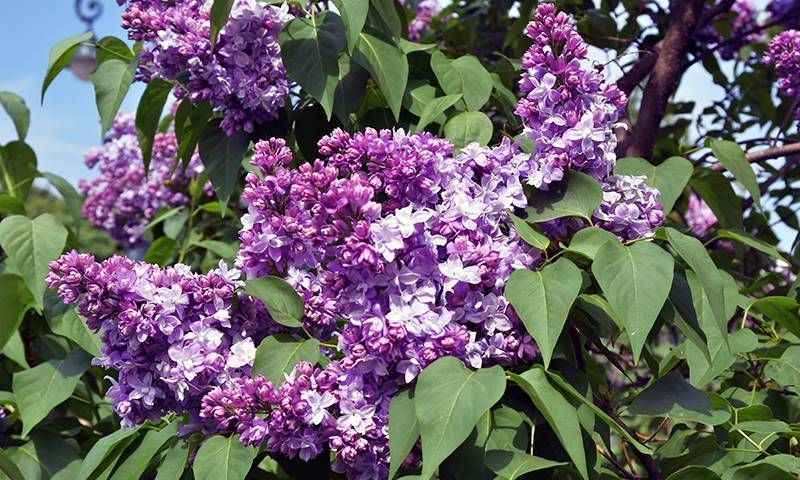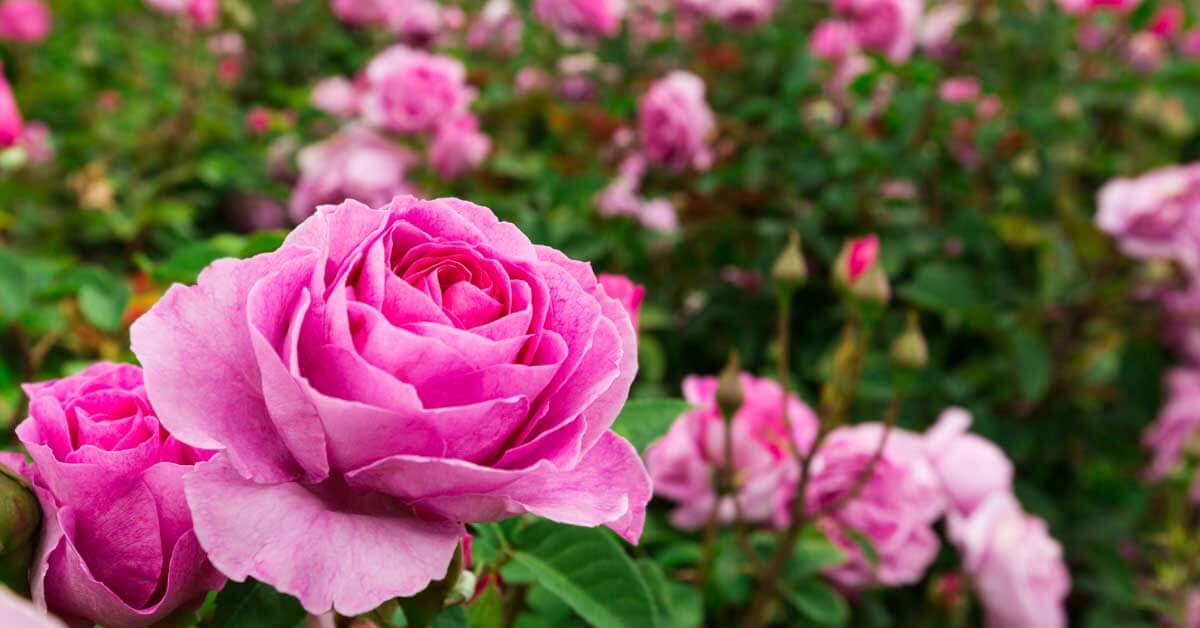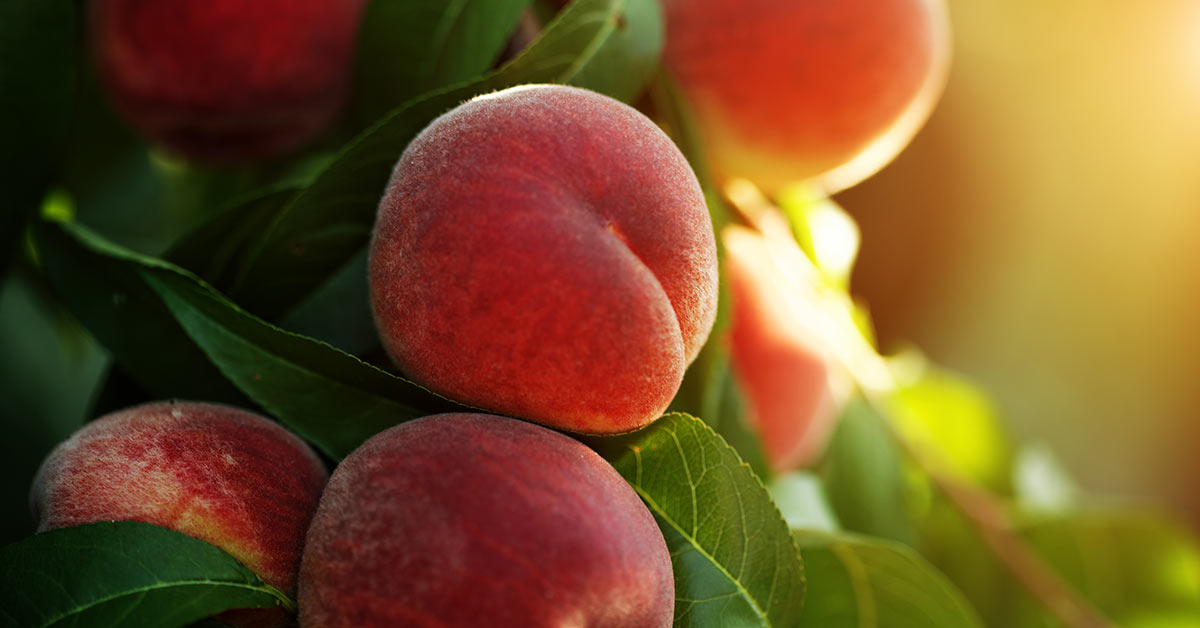How to Grow and Care for Lilac Shrubs
Generations of gardeners have looked to lilacs to signal springtime is finally here. First, the blossoms begin to open. Then their fragrance fills the air. History shows these beloved shrubs have been part of America's gardening timeline since at least 1750, when early colonists brought lilacs along.
Though old-time heirloom lilacs need cool climates and bloom only in spring, modern varieties can flourish in warmer climates. There are even lilacs that now bloom twice a year. With proper care, these long-lived, low-maintenance shrubs promise decades of fragrant blooms for you and your family to share.
- How to Choose the Best Kind of Lilac Bush
- How to Select the Right Lilac Planting Site
- How to Water and Fertilize Your Lilac Shrubs
- How to Manage Lilac Pests and Diseases
- How to Prune Lilacs for Bigger, Better Blooms
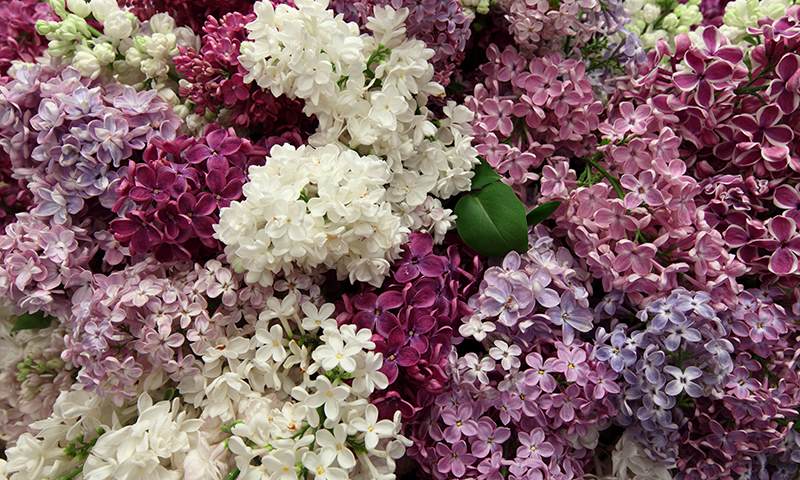
Lilacs come in all sizes and colors.
How to Choose the Best Kind of Lilac Bush
Success with lilacs starts by choosing a type of lilac suited to the region where you live. Just like when you grow a dwarf peach tree, all lilacs need some cooler winter temperatures to flower properly the following spring. So matching your lilac variety to your geography is essential — if you want to experience the fragrance and flowers.
Many modern lilacs need much less cool time or "chill hours" than the old-fashioned favorites do. (Some varieties can even do well in Los Angeles, where winters lack the chill many lilac varieties need for reliable blooms.) The good news is that your local garden center or nursery will know exactly what lilac types will grow well in your region and fulfill your dreams of lilac blooms.
When you shop for lilacs, you'll also have options for bloom times. Some types bloom early in spring, while others bloom mid- or late-spring. To add to the fun, some modern types with names like "Boomerang" bloom heavily in spring, then bloom again in late summer and fall.
Lilac bloom colors run from white and yellow to pink and lilac-purple to deep purple-black and bi-colors. You can choose modern dwarf lilacs for small spaces or large old-fashioned types if you have the room.
Lilacs bloom best with plenty of sunlight.
How to Select the Right Lilac Planting Site
Lilacs aren't fussy at all, but they do need some basics to deliver the beautiful, fragrant blossoms gardeners adore. Choose a planting site that provides lilacs with these simple needs:
Sunlight - There's a direct correlation between plentiful sun and abundant lilac blooms. Some lilacs tolerate light shade, but the biggest and best flowers happen when lilacs get at least 6 to 8 hours of direct sun each day.
Drainage - Lilacs don't like soggy soil, so avoid low-lying spots where puddles stick around after heavy rains. Choose a spot where water drains well to keep lilac roots healthier and happier.
Air Circulation - Avoid overcrowding lilacs when you plant. Always allow room for their mature size — not the size when you plant them. Then add a bit more room so air will move freely through the flowers and leaves.
Soil pH - Lilacs do extremely well in the same conditions where lawn grasses thrive — when soil pH is near neutral and not too low or too high. If your grass is healthy, your lilacs should be fine. If your lawn needs lime, your lilacs will benefit, too.
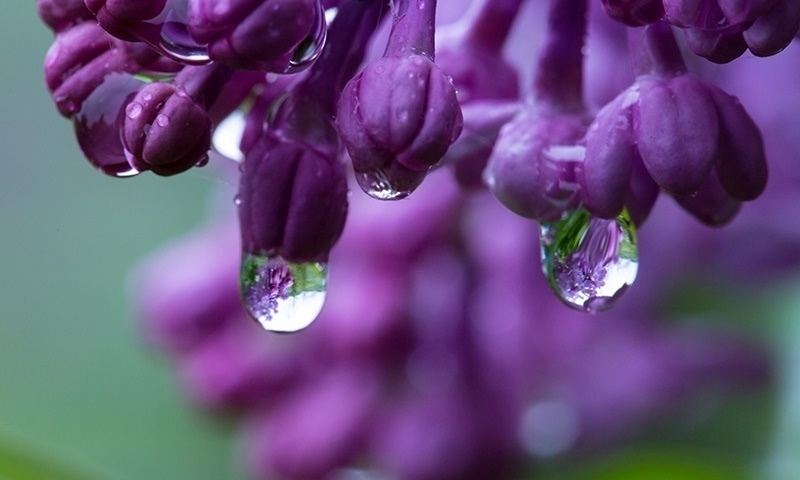
Nature normally takes care of watering mature lilacs.
How to Water and Fertilize Your Lilac Shrubs
Once your lilac bushes are established and mature, they need very little care. But young and newly planted lilacs need some extra TLC as they establish roots in their new home. Proper watering and fertilizer are key to getting your shrubs started right and keeping heirlooms and modern lilacs beautiful throughout their lives.
Water - For young lilacs, make sure they get about 1 inch of rain per week from rainfall and irrigation combined. (Again, it's the same amount your lawn normally needs.)
Mature, established lilacs generally flourish on whatever rainfall nature provides. However, in times of extended drought, treat mature lilacs to occasional waterings. Before you water, check the soil about 3 to 4 inches deep. If it's dry, water thoroughly.
Fertilizer - When you plant your lilac, take the time to incorporate some fertilizer into your planting soil. This helps ensure your young shrub has the nutrients it needs. A premium plant food designed with blooms in mind, like Pennington® Rejuvenate™ Plant Food Rose & Flower 4-6-3, revitalizes soil with essential plant nutrients and grows bigger, more beautiful blooms versus unfed plants.
For mature lilacs, feed them once in spring, and that's all they need. One application of Pennington Rejuvenate Plant Food Rose & Flower 4-6-3 will keep feeding your lilacs for up to four months.
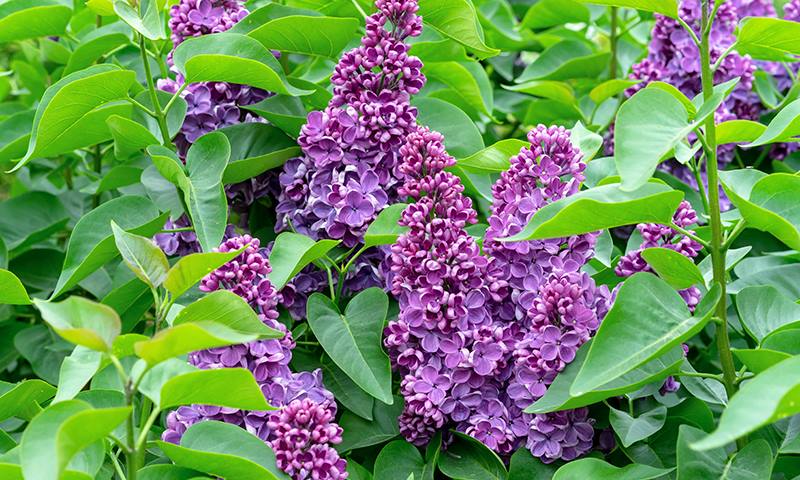
Healthy lilac leaves are the perfect backdrop for blooms.
How to Manage Lilac Pests and Diseases
Keeping your lilacs healthy and well-nourished goes a long way in preventing damage from lilac pests and common garden diseases. Unhealthy plants attract pests and encourage disease; healthy plants resist pests and disease.
Lilacs can be susceptible to several common garden pests, including aphids, mites and spittlebugs — and ants drawn to the sticky honeydew aphids excrete on lilac blooms and leaves. These treasured shrubs can also be vulnerable to fungal diseases, like powdery mildew and leaf spot, especially in overcrowded landscapes where air circulation is poor.
With Sevin® 3-in-1 Insect, Mite & Disease Control Flower & Shrub Ready To Spray, you can kill and control harmful insect pests, damaging mites, and common fungal diseases with one fell swoop. Just follow the instructions and connect the convenient ready-to-spray container to a common garden hose. The container does the mixing and measuring for you as you spray.
This powerful formula kills listed insects on contact and kills listed diseases at the same time. Then the rainproof formula keeps protecting your lilacs against disease for up to two weeks. Then, you can spray again.
Whenever you spray, clear people and pets from the area first. Once the spray dries, they can enter the area again.
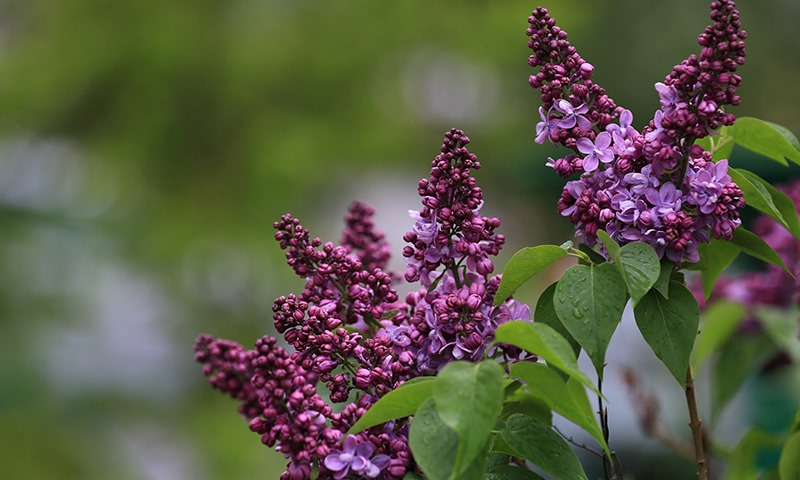
For the best bouquets, gather lilac flowers when they're just halfway open.
How to Prune Lilacs for Bigger, Better Blooms
All blooming shrubs, from gorgeous hydrangeas to garden roses, have a good and bad time to prune. With heirloom or modern lilacs, when you prune is especially important — if you want flowers and fragrance come spring.
Always prune your lilacs right after they finish blooming in spring. This holds true even for reblooming types, which bloom heavier in spring than in fall.
Lilacs set their spring flower buds the summer before they bloom. Even though you can't see the buds on fall and winter branches, they're waiting there for spring to come. If you prune lilac bushes too late, you'll cut off the hidden buds, and you won't have lilac flowers in spring.
There is one important exception to the pruning rule: Treat yourself — and your family and friends — to fragrant lilac bouquets while your shrubs are blooming.
To extend lilac vase life and fill your home with fragrance, cut lilac branches early in the morning when the flower clusters are less than halfway open. Then let them open inside your home. Place your vase in a cool area away from direct sunlight to prolong the fragrant blooms.
From heirloom and modern lilacs to easy fruits and vegetables, GardenTech and Sevin brands are here to help you learn and grow. Have a question about gardening or garden pests and diseases? Talk to us. We've helped generations of gardeners plant a love for gardening. Let us help you, too.
GardenTech is a registered trademark of Gulfstream Home and Garden, Inc.
Sevin is a registered trademark of Tessenderlo Kerley, Inc.
Pennington is a registered trademark of Pennington Seed, Inc.
Get Monthly Gardening Advice!


